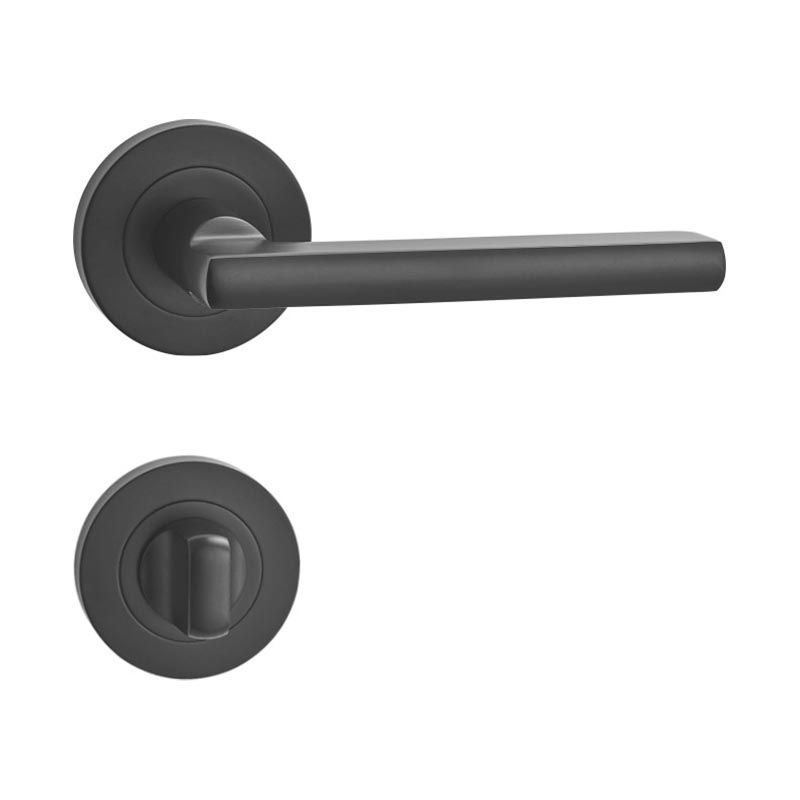Concealed Design Prevents Unauthorized Access
Invisible Door Locks are specifically engineered to be undetectable from the outside, offering a substantial advantage in theft prevention. Unlike traditional locks that are visibly mounted and easy to target, these locks are hidden within the door or frame. This means potential intruders are unlikely to even identify the lock’s location, let alone attempt to bypass it. The absence of a keyhole or external handle significantly reduces the chances of lock picking, bumping, or forced manipulation.

Exposure Reduces Tampering Risks
One of the major vulnerabilities in conventional locks is their exposure to direct tampering. Burglars often use tools to pick, pry, or drill open visible locks. Invisible Door Locks eliminate these weak points by having no external components accessible to intruders. This structural advantage provides a higher level of resistance against common break-in techniques, making unauthorized entry much more difficult and time-consuming, both deterrents for opportunistic thieves.
Advanced Authentication Technology
Many Invisible Door Locks are integrated with modern authentication methods such as biometric recognition, digital keypads, or smartphone apps. These systems allow access only to authorized individuals, and they cannot be easily duplicated or stolen like physical keys. Fingerprint access, for example, ensures that only pre-approved users can unlock the door, which greatly enhances personal security and makes the lock highly resistant to unauthorized access attempts.
Silent Operation Supports Discreet Security
Another advantage of Invisible Door Locks in privacy protection is their silent and discreet operation. These locks often open and close without making loud mechanical noises, unlike traditional deadbolts or latches. This allows users to enter or exit spaces without drawing attention—ideal for private offices, bedrooms, or sensitive storage areas where confidentiality matters.
Enhanced Privacy for Interior Applications
Invisible Door Locks are not limited to entry points alone. They are increasingly used within interiors, such as home offices, private meeting rooms, or restrooms, where privacy is a top priority. The ability to secure a room without visible indicators gives users peace of mind and prevents others from realizing the space is locked. In shared living environments, this ensures a higher level of personal control and discretion.
Integration with Smart Security Systems
When paired with broader smart home or office systems, Invisible Door Locks further elevate their theft-prevention and privacy capabilities. Real-time access logs, remote locking and unlocking, and push notifications on unauthorized attempts empower users to monitor and respond to security events instantly. These features are especially valuable for absentee homeowners or business owners managing multiple sites, as they help maintain control even when off-site.
Failsafe Mechanisms to Protect Privacy and Safety
Invisible Door Locks often come with built-in failsafe systems to protect both privacy and user safety. In the event of a power outage or system malfunction, many models offer mechanical overrides or emergency power options to ensure users are not locked out. This balance between high-level security and practical accessibility ensures that privacy does not come at the cost of personal safety.
Conclusion: Invisible Door Locks Provide Good Theft Protection and Discreet Privacy Benefits
Invisible Door Locks deliver impressive performance in both theft deterrence and privacy preservation. Their hidden design, advanced authentication methods, and resistance to tampering offer a level of security beyond what traditional locks typically provide. Whether for exterior entryways or interior privacy zones, these locks meet the dual need for protection and discretion, making them a highly effective solution in today’s security-conscious environments.